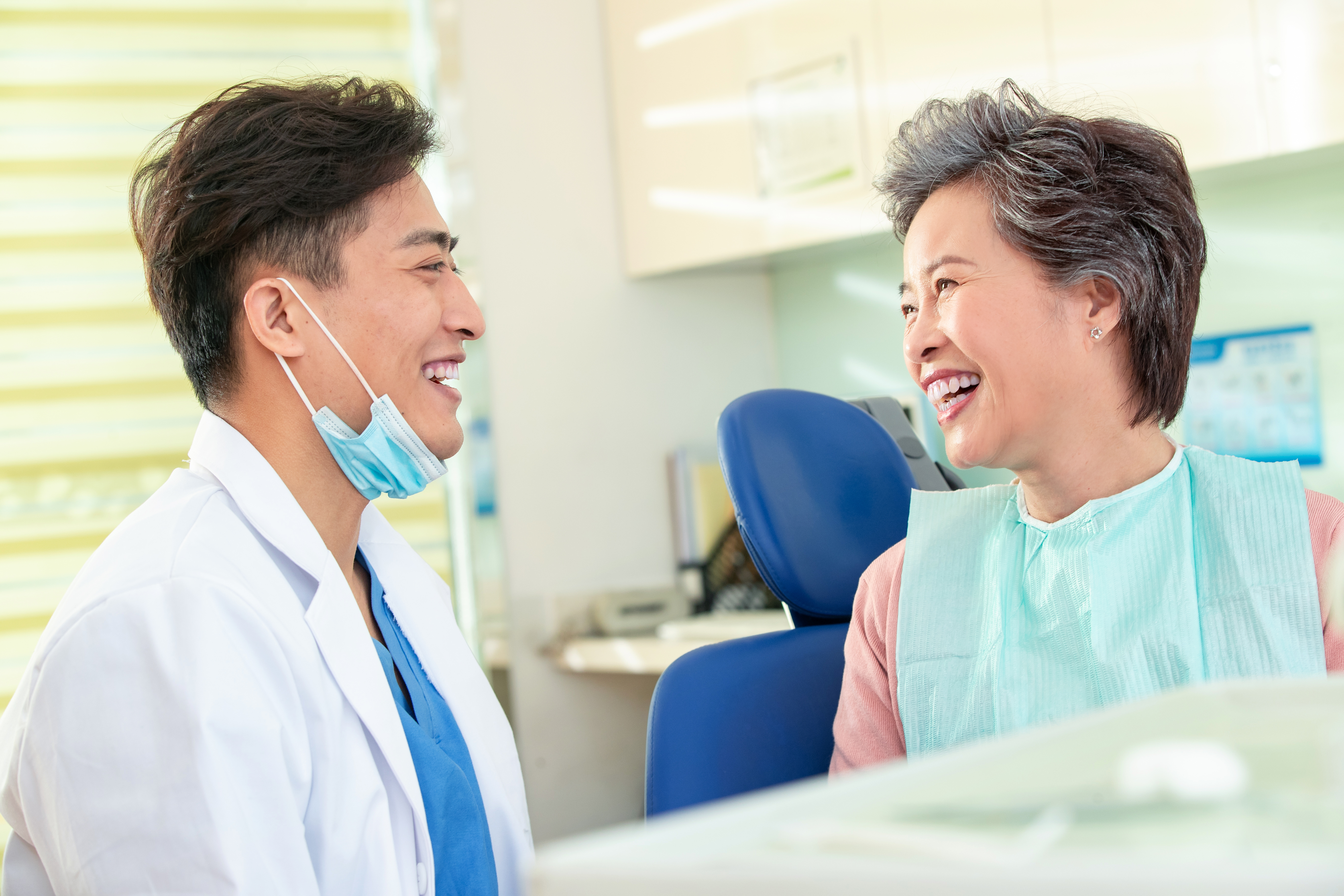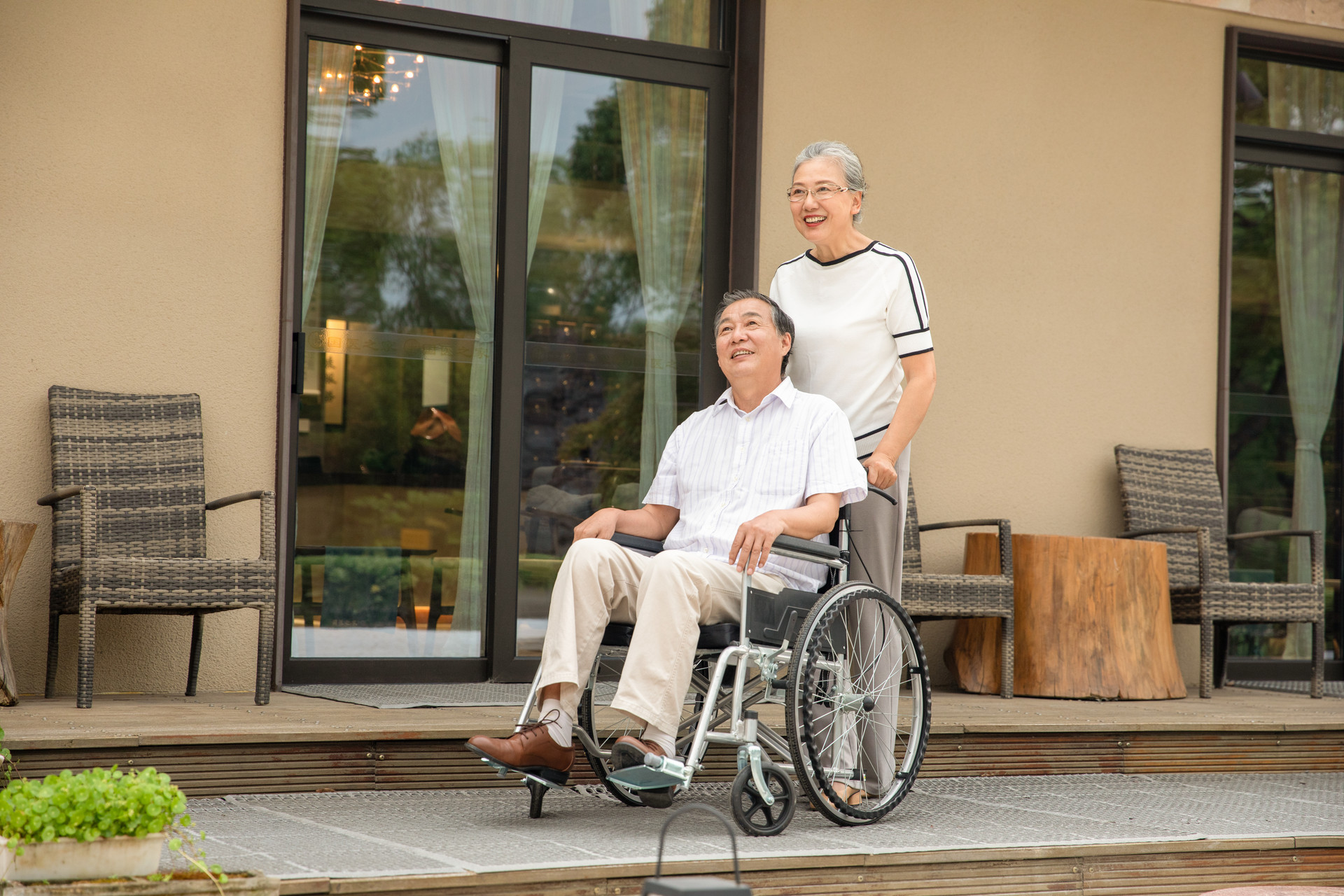
Human aging is not only manifested in white hair, increased wrinkles, and diminished strength, but there are also many aging signals that we often overlook.
1. Seeing black spots
As people age, some may often see black spots flying in front of their eyes, like floaters. This is called floaters. It is a common physiological phenomenon, mostly seen in people over 40 years old. It is related to the degeneration of the retina and vitreous body, and is sometimes associated with eye diseases such as high myopia, retinal detachment, retinal vasculitis, vitreous hemorrhage caused by high blood pressure, and diabetes. Modern people rely too much on computers and mobile phones, and excessive eye use can lead to premature eye degeneration. There is no need to panic if floaters appear, but it is important to pay attention to proper eye care. It is recommended to take a break for about an hour after using the eyes for a while; reduce the time spent looking at electronic screens and read more books and newspapers. In addition, wearing sunglasses can help prevent damage to the eyes from sunlight and prevent eye aging. If you can't see clearly on the computer screen, please enlarge the font.
2. Nose becomes flat
After the age of 40, some people may start to experience symptoms such as drooping nostrils, a sunken bridge of the nose, and changes in the shape of the nose, feeling that their nose seems much bigger than before. The straightness of the nose relies on cartilage tissue. As the cartilage gradually degenerates and shrinks, the lack of sufficient support from muscles and other soft tissues can cause the nose to become flat. Once the nose ages, symptoms such as decreased sense of smell, nasal congestion, insufficient secretion, dryness, and weakened ability to resist bacteria may occur. It is recommended to regularly wash the nose with warm water: cup your hands with water, lower your head, gently inhale through your nose, and then blow it out, repeat several times; try to stay away from irritating gases such as formaldehyde.
3. Teeth become longer
After the age of 40, some people may be surprised to find that their teeth have "grown longer", which is also a sign of aging. Generally speaking, people's teeth start to change color and the enamel becomes thinner around the age of 30; at the age of 40, the alveolar bone begins to shrink, the roots of the teeth gradually become exposed, and the length of the teeth may increase by about 6 millimeters compared to when they were younger. In addition, symptoms such as tooth pain when eating spicy foods, tooth fragility and cracks, swollen and bleeding gums, and loose teeth are all signs of aging. Thoroughly brushing your teeth and using dental floss to clean your teeth can help prevent gum recession and maintain dental health.
4. Voice changes
Generally speaking, the vocal cord cartilage of males begins to thin around the age of 70, the stability of the vocal cords decreases, and the frequency of the voice increases, making the voice sound sharper. After menopause, due to the lack of estrogen, the vocal cords of females are prone to swelling, resulting in a deeper voice. Therefore, it is best to avoid excessive use of the voice in daily life to prevent damage to the vocal cords.
5. Poor skin elasticity
Skin elasticity is one of the indicators of human aging. Pinch the skin on the back of your hand with your thumb and forefinger, hold it for about 10 seconds, and observe how quickly the skin bounces back. This can to some extent test the degree of aging. The longer it takes for the skin to return to its original state, the poorer the elasticity. To maintain skin elasticity, it is important to get enough sleep, avoid smoking and drinking, and take precautions against allergies, sunburn, and dryness.
6. Hand tremors
Frequent hand tremors, medically known as "essential tremor", occur in 20% of people over the age of 65. Most people have mild symptoms and do not need to be overly concerned, but if it affects daily life, targeted treatment can be sought. Hand tremors may also be a sign of more serious diseases such as Parkinson's syndrome, hyperthyroidism, and stroke, so it is best to seek medical attention to determine the cause.
7. Hunched back
The bone mass of the human body generally reaches its peak at around 35 years old, and then varying degrees of osteoporosis will occur. However, the body's load-bearing capacity does not decrease. Over time, the compression fractures of the vertebrae that support the body's standing posture may occur, resulting in a hunched back and a decrease in height. When the hunchback is severe, the knee joints may also bend, and the average height may be shortened by 3 to 6 centimeters. It may also cause chest deformities, affecting respiratory function, and symptoms such as chest tightness, shortness of breath, and difficulty breathing, increasing the risk of emphysema. The key to preventing hunchback is to prevent osteoporosis as early as possible. The best way is to exercise in the sun, preferably from 8 to 10 am and 4 to 7 pm. Sunbathing for 20 minutes a day can promote the synthesis of vitamin D in the skin and facilitate calcium absorption. In terms of diet, drink more milk or yogurt, and eat more legumes, seafood, fish, eggs, and other foods.
8. Urinary incontinence
Frequent nocturia and urinary incontinence are common signs of aging. Starting from around the age of 50, the frequency of nocturia significantly increases. This is because bladder aging accelerates from the age of 40, and some people may have difficulty "controlling" their bladder by the age of 65. During menopause, the decrease in estrogen levels in women causes the urethral tissue to become thinner and weaker, and the supporting function of the bladder decreases, which can also lead to urinary incontinence. To prevent bladder aging, it is important to develop a habit of not holding urine, especially for professionals such as teachers and drivers. Do not drink water two hours before bedtime, and do not drink too much coffee, tea, and other beverages four hours before bedtime.
9. Joint pain
After the age of 40, the articular cartilage of the human body begins to degenerate, and the joint space becomes narrower, resulting in joint pain. Activities such as going up and down stairs and squatting may cause discomfort in the joints, and symptoms such as joint stiffness, swelling, weakness in the legs while walking, etc., may also occur. To avoid joint pain, it is important to control body weight to avoid increasing the burden on the knee joints; exercise should be done within one's limits, and activities such as brisk walking, slow walking, indoor cycling, swimming, and high leg lifts have relatively little impact on the knees; in daily life, try to minimize squatting and kneeling movements, and avoid squatting to do housework or kneeling to clean the floor.
10. Bunion
Some people may have a large bump on the base of their big toe, and the big toe may be turned outward, which is commonly known as "bunion" or medically known as "hallux valgus". It is also a type of "aging disease". According to statistics, at least 100 million people in China have hallux valgus. However, most people do not receive correct diagnosis and treatment, which can lead to complications such as bursitis.










